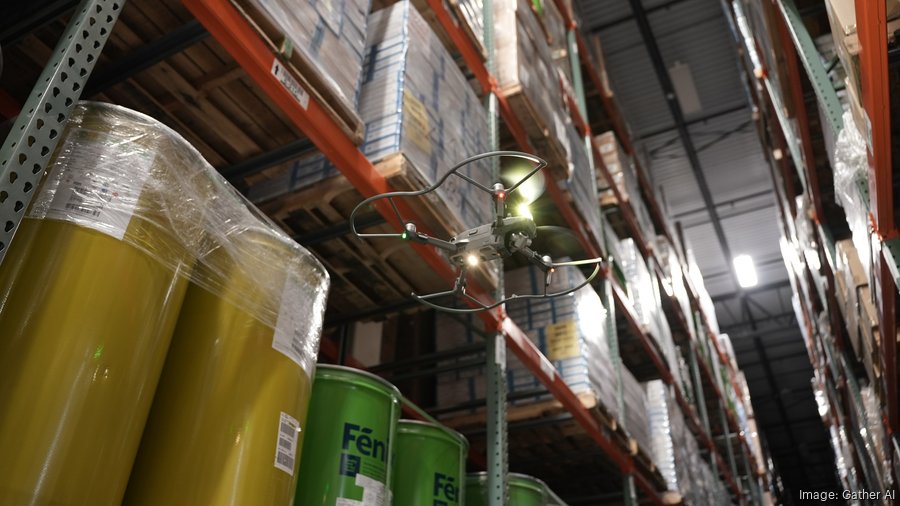Listen to this article 5 min
Gather AI announced a $17 million Series A-1 funding round led by Bain Capital Ventures.
This brings the total amount raised to-date by the company to $34 million.
“This funding enables us to invest in go-to market so that we can evangelize the benefits of Gather AI more and to a broader set of the audience to share the benefits with more people,” Gather AI CEO Sankalp Arora said.
The company utilizes deep learning artificial intelligence software and autonomous drones to scan and itemize warehouse inventory faster than traditional means. In July, the company reported it became the largest autonomous inventory management platform in the world, servicing 25 customers. Its customer count is expected to triple in the next year.
“The supply chain itself is right now undergoing a similar transformation to the '80s and '90s when barcodes were introduced and suddenly the supply chain became traceable through barcodes,” Arora said. “Computer vision, now that cameras are ubiquitous, can give you so much more data into how your goods are moving.”
Additional funders in the round were Dundee Venture Capital, Expa, Tribeca Venture Partners and Bling Capital.
“Gather AI’s cutting-edge compute vision and workflow software, purpose-built for inventory monitoring, has seen significant commercial adoption and rapid growth separating them from the field of other venture-backed startups,” said Ajay Agarwal, a partner at Bain Capital Ventures, in a prepared statement.
The company was founded by Arora, Daniel Maturana and Geetesh Dubey in 2017 out of Carnegie Mellon University’s Robotics Institute. Initially, Arora developed sensors and safety planning for an autonomous helicopter, but switched to drones after seeing a demand.
“My motivation was to take the tech to as many people as we can,” Arora said. “It turns out that the need was so urgent and dire in supply chain visibility that that was the right application of the work we were doing.”
